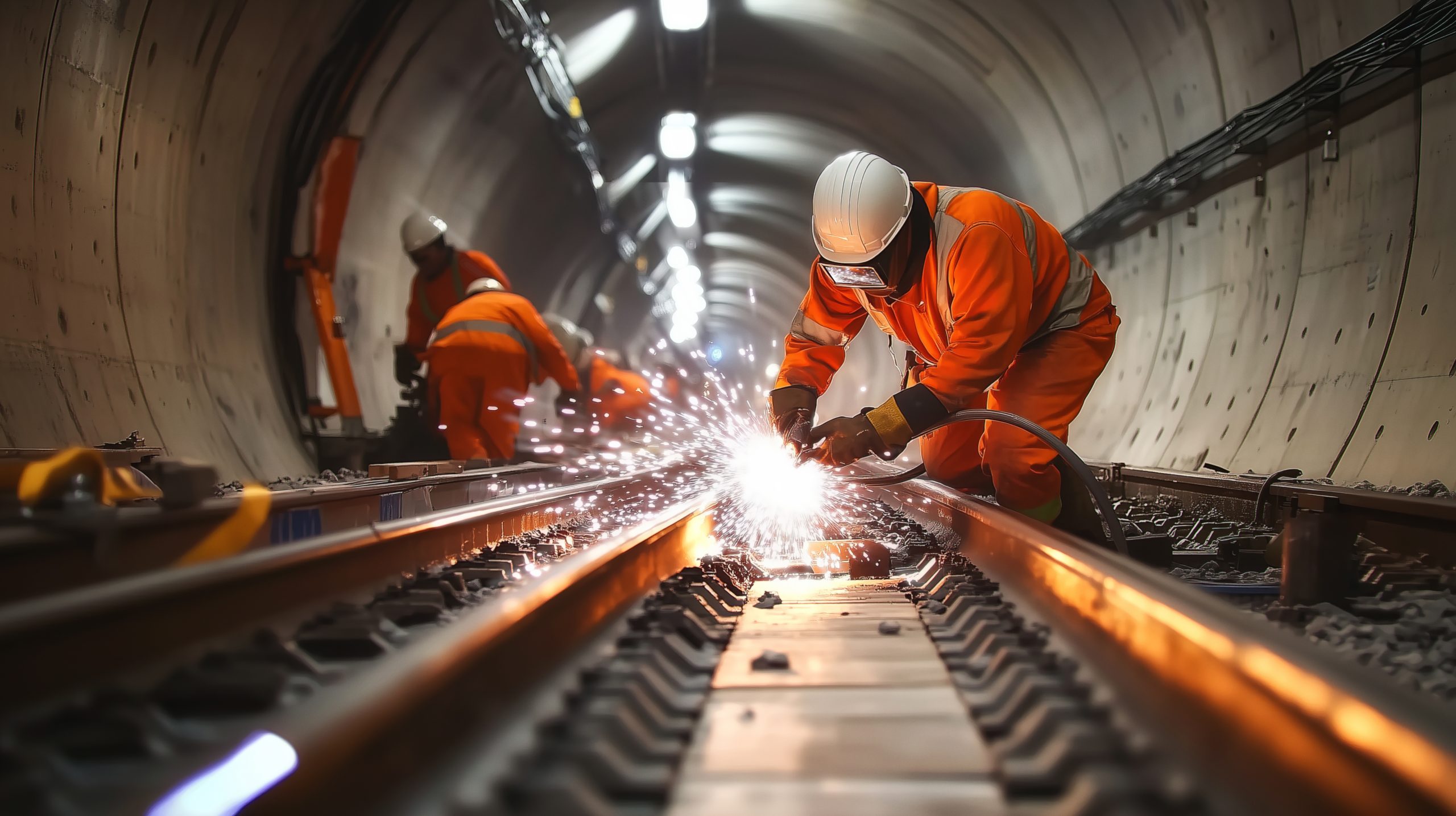Why collaboration excellence can make or break infrastructure project success
If you want performance gains, start with your people. One client’s approach shows why collaboration excellence is now a strategic advantage



If you want performance gains, start with your people. One client’s approach shows why collaboration excellence is now a strategic advantage
Delays derail billions every year, and urban rail expansions are accelerating worldwide. One client’s project approach shows how teams can deliver safer, higher-quality results on time.
The global push for sustainable urban mobility is fueling a boom in infrastructure projects, from all rail extensions to smart city integrations. By 2030, investments in rail and transit infrastructure are set to exceed $1 trillion annually, driven by urban growth and net-zero commitments. Yet, more than 70% of large-scale projects face delays, and budget overruns remain the norm. Safety incidents, quality lapses, and fragmented teams add to the strain, costing lives, reputations, and revenue.
One flagship urban rail project has adopted a new approach. Their success stems from how they approach alignment, leadership, and collaboration. Instead of relying on top-down directives, they structured their partnerships and contractual accountabilities around a co-authored vision of how they wanted the project to feel, function, and succeed.
At the heart of this approach is a commitment to collaboration from client and contractor partners. Central to this is the “charter” they created with leaders and partners. This stems from honest conversations about how people saw the work, what mattered to them, and what would help them operate as one team.
The outcome is a living framework for collaboration excellence, supported by regular “charter moments” that help leaders stay consistent and keep the principles active rather than aspirational. The charter states:
“We are an ambitious, reliable partner who is proactive, respectful, and shows deep care for safety. Our knowledge of each other provides a strength in our alignment.”
But its real strength isn’t the wording; it’s the method behind it. When people shape the commitments they’re expected to live by, accountability becomes personal, not contractual. Performance becomes an expression of shared purpose, not compliance.
This reflects a core JMJ belief:
“Performance isn’t about doing more—it’s more about how teams work together towards shared goals. This is easier said than done and can quickly remove barriers and increase efficiencies.” Michael Levin, Executive Director, JMJ
The charter created by the team is one piece to the puzzle of greater collaboration. It’s a set of shared agreements, each paired with a reflective question designed to keep conversations alive. Six principles stand out for their practical impact and proven performance results:
• Ambitious, reliable partnership with deep safety focus
Question: “What does deep care for safety mean to you personally?”
→ Leadership engagement and trust reduce TRIR by 71% (ABC, 2022).
• Joy in responsibility
Question: “What motivates you in your role?”
→ High-trust environments yield 15–25% productivity gains (FMI, 2022).
• Professional yet human client organization
Question: “What do you need to truly listen to a different perspective?”
→ Collaborative, knowledge-sharing models reduce dispute costs by 20–40% (PMI, 2024).
• Welcoming bad news
Question: “What does it take to be the bearer of bad news?”
→ Early transparency cuts rework by 20–30%, with poor communication driving 26% of rework (FMI/MyComply, 2025).
• Unified approach, diverse perspectives
Question: “How do we stay aligned despite different roles?”
→ Early collaborative input can shorten timelines by up to 27% (McKinsey, 2018).
• Forgiveness as a learning engine
Question: “Share a misstep—how can we move forward?”
→ Blame-free cultures halve project failure rates (PMI, 2024). These principles are grounded in human performance thinking: performance starts within the individual and moves across the team.
High-performance projects share three characteristics:
• Performance follows perception
Questions like, “What motivates you?” reframe responsibility as ownership, not obligation.
→ 15–25% productivity lift (FMI, 2022)
• Commitment creates reality
Inviting bad news and honoring promises builds trust through action.
→ 20–40% fewer disputes (PMI, 2024)
• Leaders shape the future through listening
Celebrating wins and learning from missteps creates a new narrative of possibility.
→ 27% faster milestones (McKinsey, 2018)
These aren’t slogans—they’re daily practices that align teams from within.
A PMI study of more than 8,000 professionals found that human factors like morale and team experience predict up to 70% of project success variance—far more than tools or processes alone. Partnering models consistently outperform traditional approaches in cost control, quality, and dispute resolution.
From the data:
In complex infrastructure environments like rail, these gains compound.
With climate deadlines looming, supply chains under pressure, and talent shortages expected to affect 40% of skilled roles by 2030, leaders face growing complexity (Deloitte, 2025). Building an aligned partner team, clarifying the vision, and using a pragmatic charter offer a lightweight, high-impact way to counter fragmentation.
You don’t need a full charter to begin. Start with one question in your next meeting:
“How does this project occur to each of us—and what future are we committed to creating together?”
One conversation, repeated with intention, can shift a team from reacting to co-creating. This client’s success began there—and so can yours.
Or put another way:
“What do we each need to bring our best—and trust others to do the same?”
This infrastructure project shows that when teams co-create their culture through honest, ongoing dialogue, performance follows—not as a slogan but as a daily reality.
Change starts here. Let’s talk about how JMJ can help solve your safety and performance challenges.